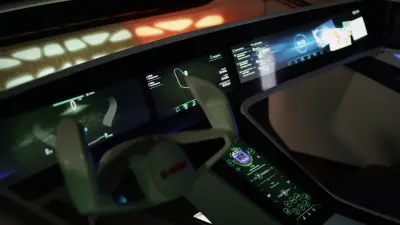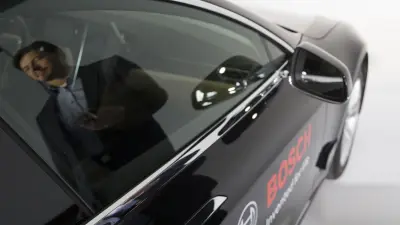Today, cars are already rolling smart devices
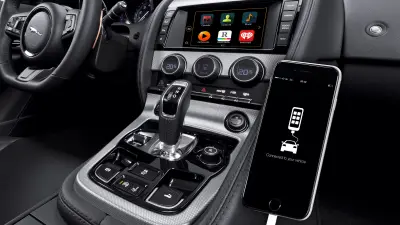
Stream your favorite music, send emails, and obtain traffic information in real time: The mobile Internet has also found its way into the car. Vehicles become personal assistants on four wheels — connected with the driver, their surroundings, and each other.
The car industry will change.
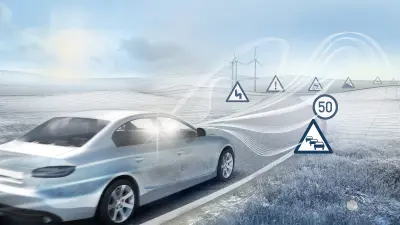
This digital revolution alters the wishes of car buyers and thus the industry as a whole. “I believe the car of the future will be less and less dependent on how much horsepower it has or how big, strong, and heavy it is. I think it will be increasingly important how connected these vehicles will be with their environment,” explains Professor Stefan Bratzel from the University of Applied Sciences in Bergisch-Gladbach in pointing out the importance of connectivity.
Car buyers have a similar view: A study conducted by the consulting firm McKinsey in 2015 revealed that 37 percent of respondents said they would even consider changing brands to have a more connected vehicle. This figure was only 20 percent in 2014. The share of customers who want to take their digital life with them into their cars is growing rapidly.
About 37%
Of drivers would consider changing brands for a more connected vehicle
Third living space
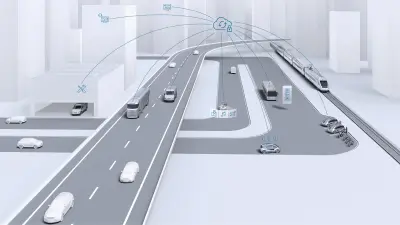
The times when the scratchy sound of a radio with a cassette or a CD player were your only entertainment on a trip are probably now gone for good. Nowadays, music players, onboard entertainment, and daily navigation data can be connected intelligently at any time to systems such as Apple carplay, Android Auto, MirrorLink, or Bosch MySPIN. The most up-to-date data can now be retrieved from the cloud and brought into your own vehicle, depending on your mood, destination or the traffic situation. Apps can be operated via touchscreen in the vehicle without even using your smartphone.
How the connected car is redefining living spaces
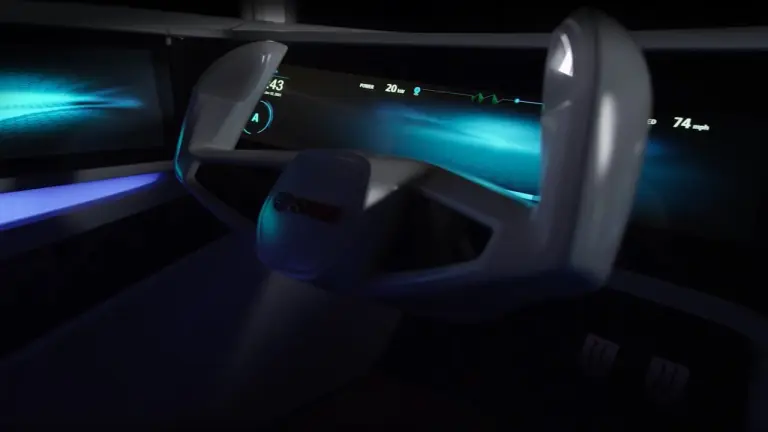
Loading the video requires your consent. If you agree by clicking on the Play icon, the video will load and data will be transmitted to Google as well as information will be accessed and stored by Google on your device. Google may be able to link these data or information with existing data.
The desire for connectivity
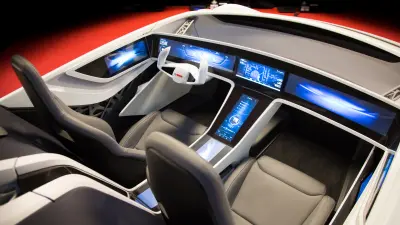
Certain functions are already very important to drivers today: Safety solutions are at the forefront with 68 percent of the 18 to 30-year-olds interested in them, according to the “Connected Car” study conducted by Deloitte. In addition, navigation services (49 percent), and in-car entertainment (31 percent) are likewise in demand. Young drivers in particular want to be connected, relieved of stress, but, above all, reach their destinations safely, and therefore rely on connectivity.
Safety
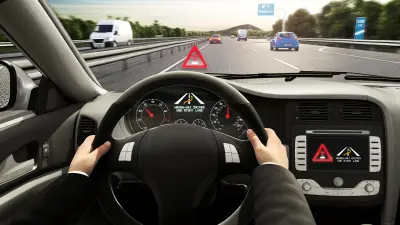
Today, many systems already contribute to traffic safety, usually by giving an early warning signal. After all, to prevent accidents, it is particularly important to inform the driver in a matter of seconds. Many connectivity solutions address this very point. The system that Bosch developed that warns against drivers who are driving in the wrong direction, for example, compares the actual vehicle movements with the permitted driving directions that are stored in a cloud. In the event of a deviation, the driver who is driving in the wrong direction, but also the other drivers in the danger zone, will be warned within ten seconds. Cars will soon also be able to inform each other about bad road conditions. Volvo is testing an alarm system that warns against icy roads, for example.
Brake assistants and systems that detect cross-traffic at intersections are also already on the market and, according to Mercedes’ accident researchers, they have the potential to prevent over a quarter of all crossing accidents that cause personal injuries. However, even in the event of an accident, connected cars can help prevent worse things from happening. With the system eCall, accident detectors detect collisions via sensors inside the vehicle and immediately report them to the emergency center via a connected smartphone app.
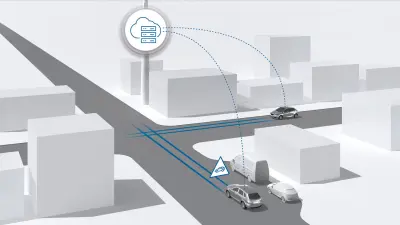
Saving lives with connectivity: The wrong-way driver warning
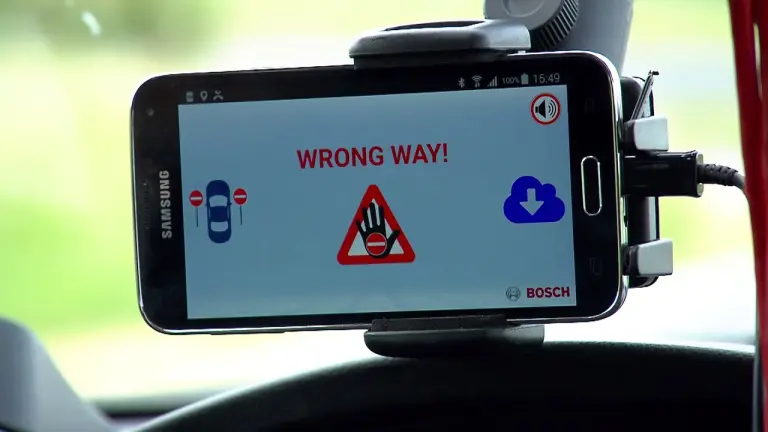
Loading the video requires your consent. If you agree by clicking on the Play icon, the video will load and data will be transmitted to Google as well as information will be accessed and stored by Google on your device. Google may be able to link these data or information with existing data.
Navigation
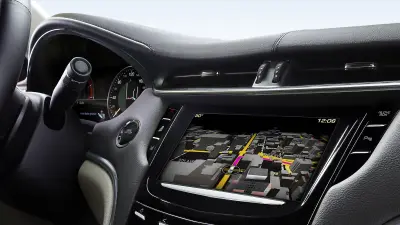
Even if the times when we use maps and heavy atlases to search for suitable routes are long gone, obsolete navigation data and unexpected traffic jams often make planning a trip quite difficult. By using real-time navigation data and highly accurate traffic flow information from the cloud, everyone not only finds the shortest route, but also arrives as quickly as possible.
Entertainment
At the same time, driving is also getting much more entertaining. We can chat with our friends or find out the scores of the game our favorite team played in. This is already possible today in a connected car. Furthermore, app centers make downloading music and streaming on our own smartphone in the car easier than ever before — and legally usable. The touchscreen in the vehicle gives us access to well-known music portals like Napster, Deezer, Google music, or Spotify at all times. There is nothing more in the way of our own private concert, whether it be country, rap, pop, or folk music.
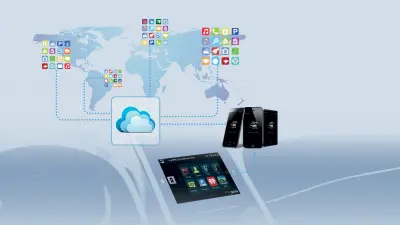
Concierge services
Another networking feature turns the car into a personal assistant to help the driver by providing advice and assistance: Concierge services assist us in looking for the next post office or in case of a breakdown. The BMW concierge, for example, helps drivers to book restaurants, or to buy concert tickets at the push of a button and even gives tips on things to do in an unfamiliar city. After you have decided on a destination, the address information will be sent directly to the navigation system.
Summary
Automobile manufacturers and suppliers already offer a wide range of technologies for the Connected Car that make driving even more comfortable, safer, and more entertaining. Connectivity is no longer just a vision, but rather has become a reality.
